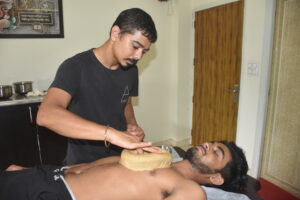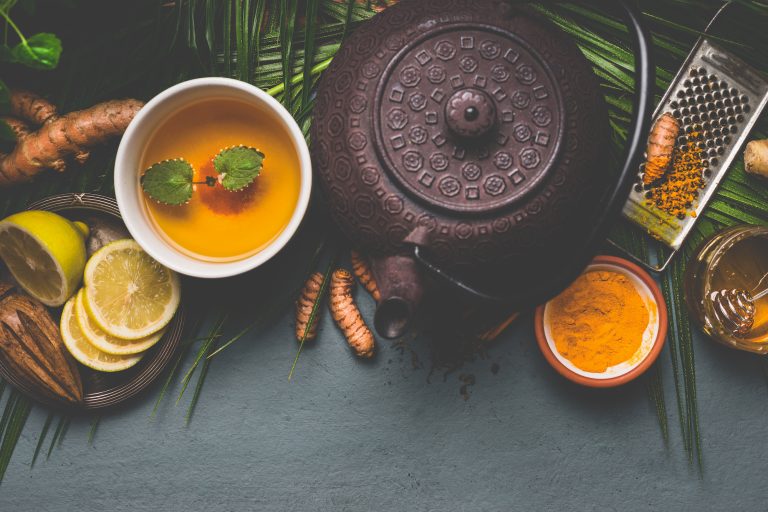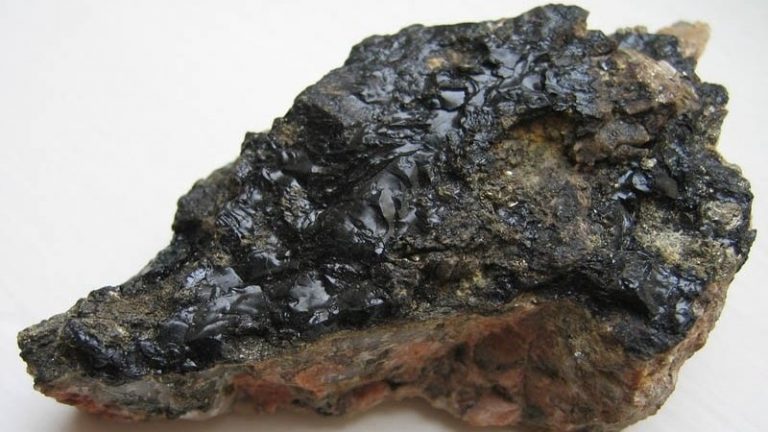Ayurvedic abhyanga massage is a type of ayurvedic therapy that is good for both mental and physical wellness. In this technique, warm oil is applied to the body first, followed by a massage using long strokes and circular motions. Although the massage is normally performed by a skilled ayurvedic therapist or practitioner, it can also be performed at home as a kind of self-care.
Abhyanga effects on Dosha
In Ayurvedic medicine, abhyanga, or Ayurvedic oil massage, is thought to have a balancing impact on the doshas, which are the three primary forces or principles that regulate the body and mind. Ayurveda says that each person has a unique combination of doshas, which are vata, pitta, and kapha.
Vata dosha is related to how the body moves and how various connections flows through it. It is said to be affected by cold temperatures, dryness, and having an unpredictable schedule. Warm oil and massage are said to be especially useful for persons with a prominent vata dosha, as they can alleviate dryness, increase circulation, and generate a sense of calm and grounding.
Using pitta pacifying oils during Abhyanga massage can reduce inflammation, soothe the skin, and produce a sense of peace and relaxation in people with a dominant pitta dosha, according to Ayurvedic principles. Coconut oil and other ayurvedic oils that are cooling and soothing to the skin are examples of pitta pacifying oils that are suitable for Abhyanga massage.
Abhyanga with Kapha-balancing oils relieves congestion, improves circulation, breaks up kapaha under the skin, and promotes a sense of energy and lightness.

Benefits of Abhyanga
Abhyanga is thought to have a variety of physical, mental, and emotional advantages. It has been shown to moisturise and nourish the skin, enhance circulation, relieve muscle tension and pain, increase immunity, purify the body, and extend one’s life. Furthermore, Abhyanga is thought to balance the tridoshas, which are the three primary forces or principles that regulate the body and mind in Ayurvedic treatment.
| Body System | Benefits of Abhyanga |
|---|---|
| Muscular | Improves flexibility and strength |
| Skeletal | Helps prevent joint stiffness and maintains bone health |
| Nervous | Promotes relaxation and stress relief |
| Circulatory | Improves blood circulation and oxygenation of cells |
| Respiratory | Enhances lung capacity and function |
| Digestive | Stimulates digestion and elimination |
| Endocrine | Balances hormones and improves metabolism |
| Immune | Boosts immunity and helps prevent illness |
| Integumentary (skin, hair, nails) | Improves skin and hair health and promotes healthy nails |
| Reproductive | Benefits the reproductive system and improves fertility |
Physical Benefits of Abhyanga
Ayurvedic Abhyanga Massage helps to improve circulation, nourish the skin, strengthen muscles, and promote neurological health.
Moisturizes and nourishes the skin
Abhyanga massage is believed to hydrate and nourish the skin, making it soft, supple, and radiant. The heated massage oil is high in essential fatty acids, which are rapidly absorbed by the skin and assist to nourish it from within. Furthermore, the massage helps to eliminate dead skin cells, clear pores, and improve the general texture of the skin.

Improves circulation
Abhyanga massage improves blood circulation throughout the body. The warm oil relaxes blood vessels, blood can flow more freely, while the massage itself stimulates the circulatory system. This makes it easier for oxygen and nutrients to get to all of the cells, which is good for the health of the skin, muscles, and other tissues.
Reduces muscle tension and pain
Abhyanga massage can assist to relax tight muscles, relieve pain, and relieve tightness and stiffness. The heated oil used in the massage relaxes the muscles and relieves tension, while the massage itself stimulates the body’s inherent pain-relieving mechanisms. Massage can also assist improve flexibility and range of motion, making it an excellent self-care option for relieving muscle pain or tension.
Mental and Emotional Benefits of Abhyanga
Abhyanga is a comprehensive technique that promotes self-awareness while nurturing the body and mind. Regular Abhyanga practise can assist to improve the body-mind connection and produce a sense of balance, tranquilly, and overall well-being.

Calms the mind and promotes relaxation
Ayurvedic abhyanga massage is well known for its calming effects. Warm oil and gentle massage movements help to relax the mind, relieve stress, and produce a sense of tranquility and well-being. Also, massage can help the body make more feel-good hormones like serotonin and dopamine, which can improve mood and reduce anxiety and depression symptoms.
Improves sleep
Sleep quality has been shown to improve with abhyanga massage. Massage helps to calm the body and mind, making it easier to fall and remain asleep. Furthermore, massage can aid to increase the body’s synthesis of melatonin, a hormone that regulates the sleep-wake cycle.
Increases self-awareness and self-love
Abhyanga massage is thought to help with self-awareness and self-love. Massage the oil into the skin with loving care and attention to build a sense of self-care and self-nurturing. Furthermore, massage can assist in improving self-awareness by allowing the individual to focus on their body and mind, which can help to discover and work through areas of tension, stress, or discomfort.
Overall Health Benefits of Ayurvedic Abhyanga Massage
Ayurvedic Abhyanga Massage is a potent therapy for improving overall health and well-being. Abhyanga practiced on a regular basis can help to increase the body’s ability to fight disease, detoxify the body, and promote lifespan.

Immune system booster
Ayurvedic abhyanga massage boosts the body’s immune system by increasing lymph flow. Lymph is a fluid that moves immune cells around the body. Massage stimulates the lymphatic system, which helps the body get rid of waste and toxins and helps the immune system fight off diseases. Furthermore, the warm Ayurvedic oil used in the massage also aids in the protection of the skin, which is the body’s first line of defense against infection and illness.
Body detoxification
Ayurvedic abhyanga massage helps the body get rid of toxins by making the lymph and blood flow faster. Massage stimulates the lymphatic and circulatory systems, which help the body get rid of toxins and waste. Furthermore, the warm ayurvedic oil used in the massage can aid in expanding the pores, allowing the skin to expel pollutants while also nourishing the skin.
Increases longevity
Abhyanga massage is thought to improve longevity by enhancing overall health and well-being. Massage supports the body’s systems, making it better able to fight off disease and infection. Ayurvedic massage can help you feel less stressed and sleep better, which are both important for living a long, healthy life.
How to Perform Abhyanga at Home
Preparation
- Gather necessary materials: To perform Abhyanga massage, you will need a bottle of warm ayurvedic oil, a towel, and warm water. It’s important to choose an oil that is suitable for your skin type and dominant skin dosha, which will help to nourish and moisturize the skin.
- Choose a quiet, comfortable space: To perform ayurvedic Abhyanga massage, you will need to choose a quiet, comfortable space. This can be your bathroom, your bedroom, or any other room in your home where you feel comfortable. Make sure that your room is warm, as this will help to prevent vata vitiation.
Technique
- Apply warm oil to the body using long strokes: To get started, bring the oil to a comfortable temperature by heating it. It is essential to check the temperature of the oil on the inside of your wrist in order to make certain that it is not excessively hot. As soon as the oil has reached the desired temperature, begin massaging it into your body with long strokes, beginning at the feet and working your way up. You should apply it on whole body including head, ears and face except eyes.
- Massage into skin using circular motions: After you have applied the oil, massage it into your skin by moving your hands in a circular motion. This assists in stimulating the circulation system and promotes the body’s ability to absorb the oil. It is essential to give more time on areas of the body that are particularly sore or painful.
- Allow the oil to be absorbed for 15-20 minutes: After ayurvedic abhianga massage, wait for 15–20 minutes so that ayurvedic oil can get absorbed. You are free to take it easy and unwind at this period.
- Shower or bathe to remove excess oil: After 15 to 20 minutes, you should get a warm shower or bath (avoid using hot water). You should also make use of a gentle soap. After taking a shower or bath, the skin should be dried with a towel using a patting motion.
The Ayurvedic Abhyanga Massage is a straightforward yet potent self-care technique that is readily included into a regular self-care regimen. This massage is performed with the hands. It is essential to seek the advice of a qualified Ayurvedic practitioner in order to ascertain the appropriate frequency, oils, and massage techniques that are suited to one’s specific requirements. Regular practise of Abhyanga has been shown to improve overall health and well-being, as well as to lower levels of stress and to foster a sense of equilibrium and calm.
URL Copied
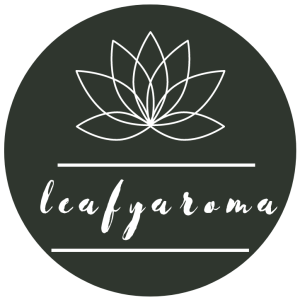
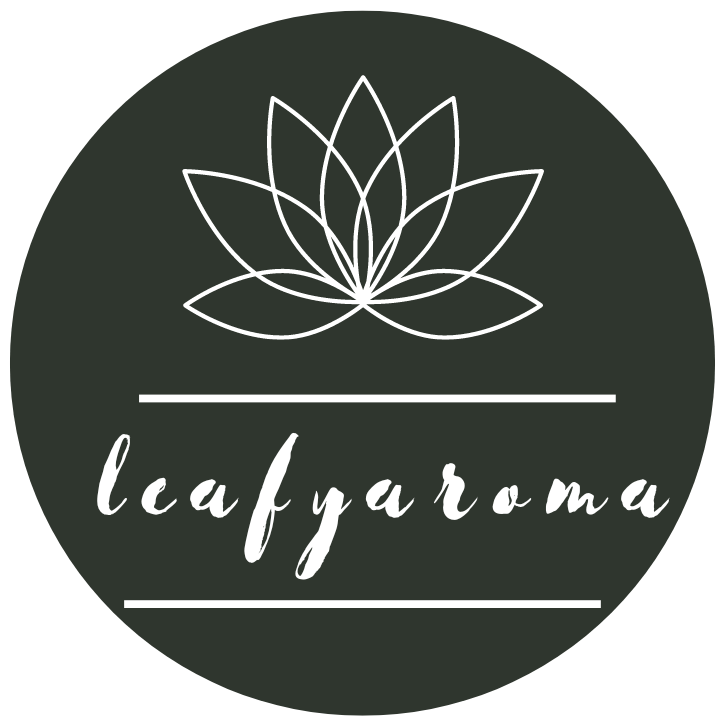

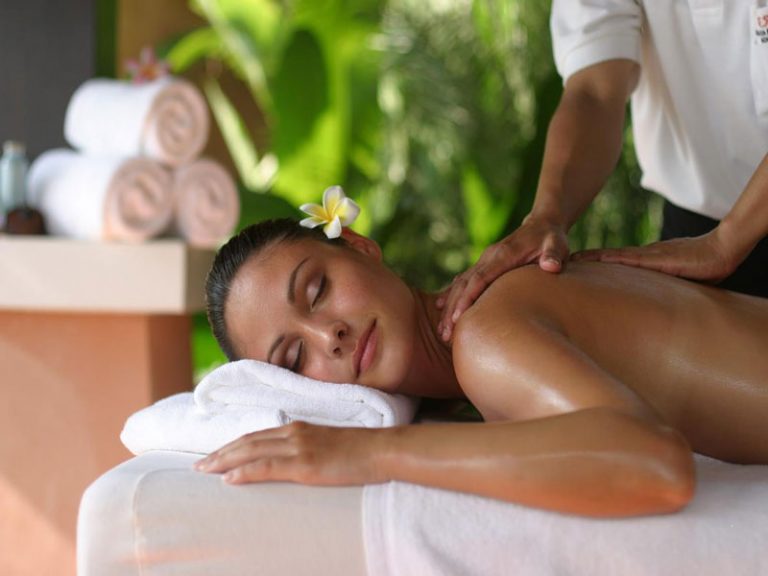
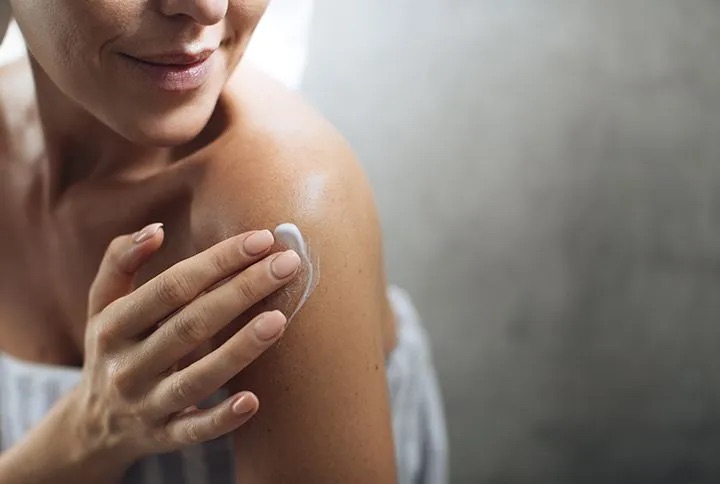

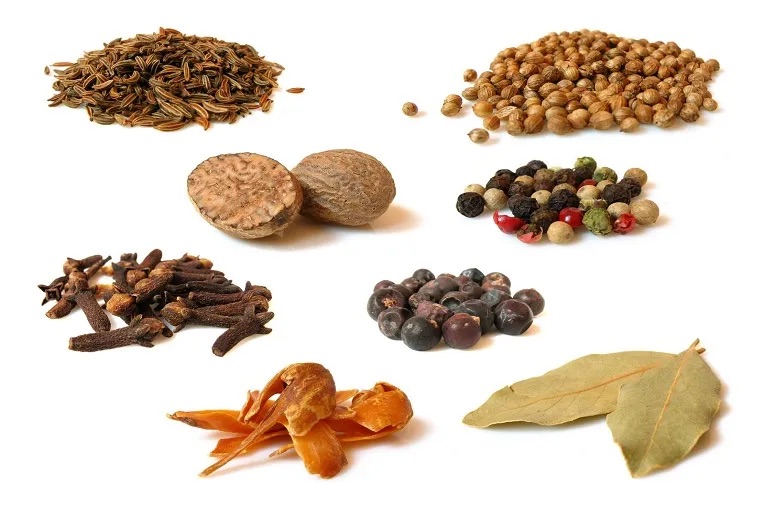

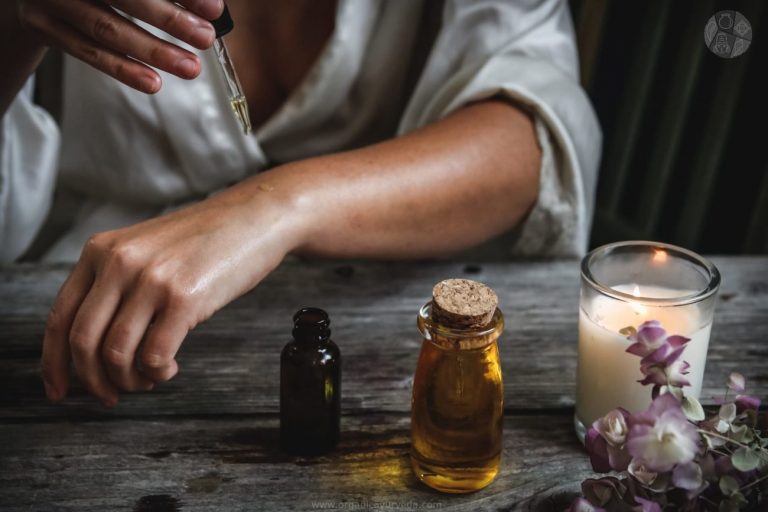
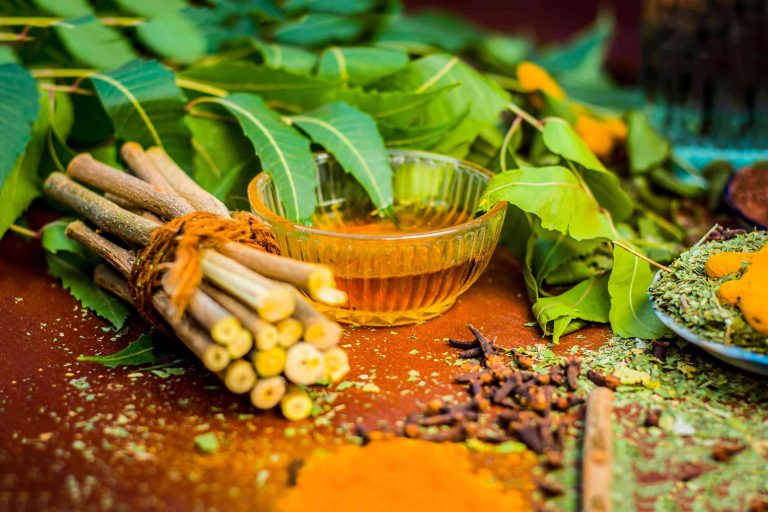


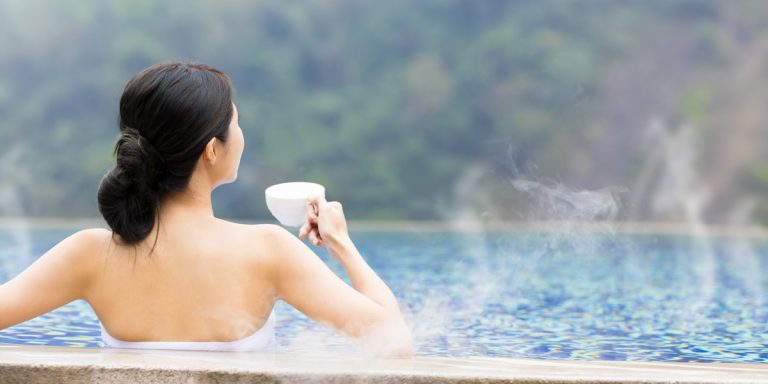

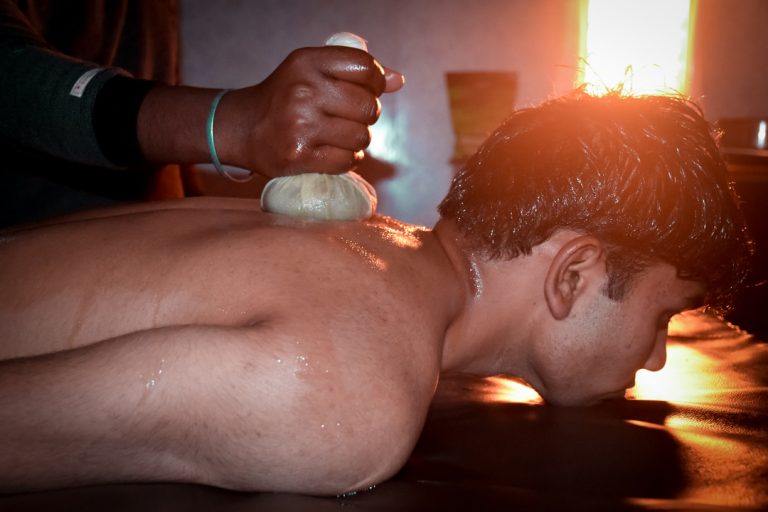
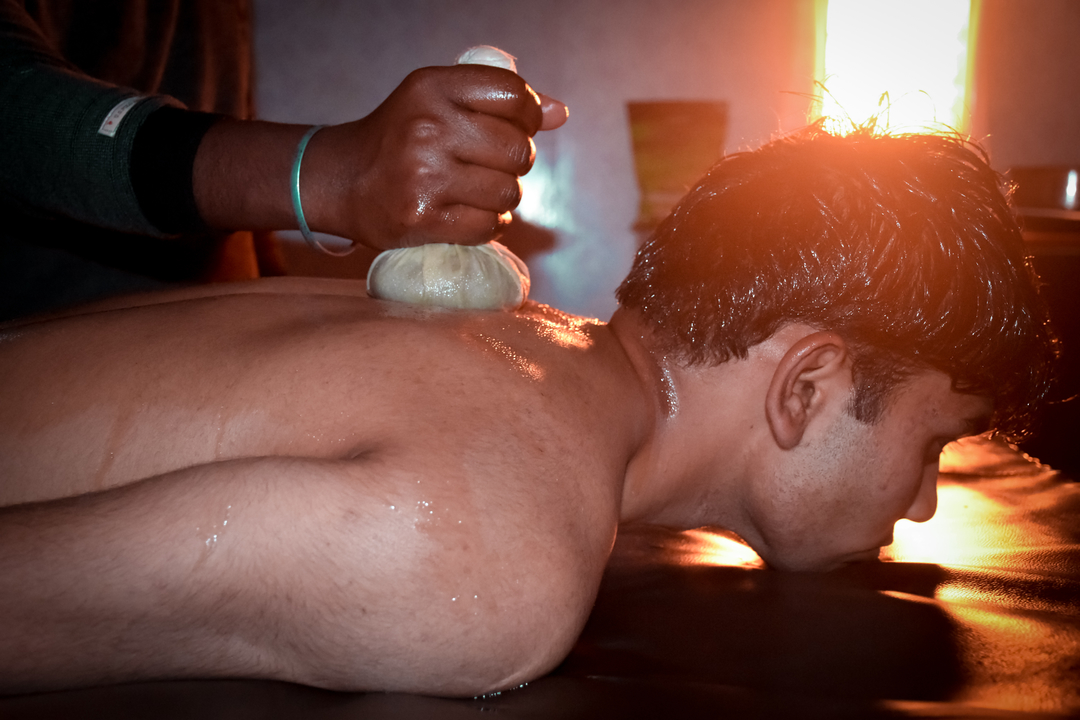

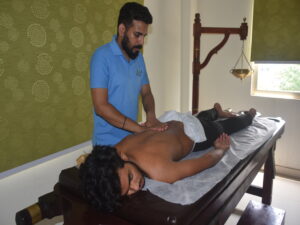

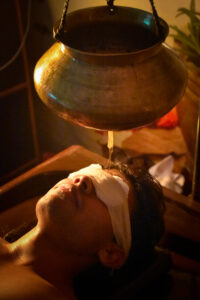
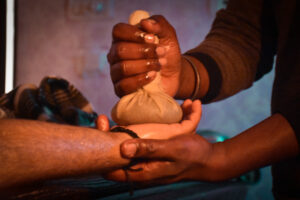 Indication: Emaciation of limbs, skin diseases, rheumatic complaints etc.
Indication: Emaciation of limbs, skin diseases, rheumatic complaints etc.






